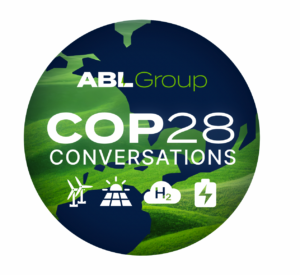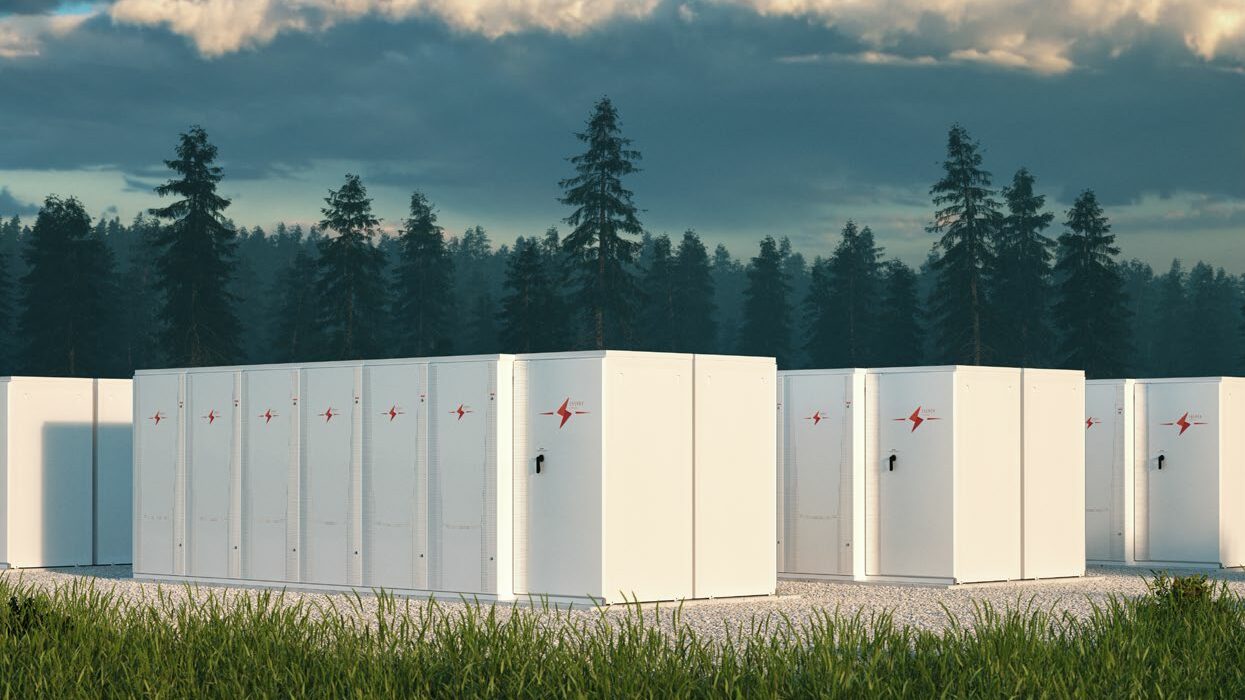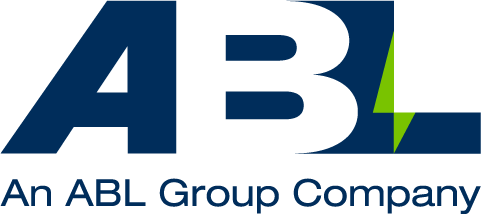How is electrification delivering on emission-free energy?

With COP28 almost over,, ABL Group, the global energy and marine consultants, share our knowledge of key areas that are paving the way towards Decarbonisation and Emission Free Energy.
In this article we delve into electrification. The current landscape and the road that lies ahead to deliver on the plans set by the UN Climate Change Conference.
How is electrification dialling up the voltage on emission-free energy?
Electrification entails the replacement of technologies or processes that use fossil fuels, like internal combustion engines and gas boilers, with electrically powered equivalents, such as electric vehicles or heat pumps. These replacements are typically more efficient, reducing energy demand, and have a growing impact on emissions as electricity generation is increasingly being decarbonised.

Widespread electrification is key to deliver on our global and growing energy needs, whilst also meeting the climate goals as set out in The Paris Agreement. Our demand for energy efficiency and robust electrical infrastructure for the long-term, means electrification is forecast to play a crucial role in many key sectors in society, from industry to transportation to construction. Looking at transportation alone, the CAGR (compound annual growth rate) of the electrical ship market is forecast at 20% to 2030.
A key driver behind electrification, is the increasingly rapid deployment of renewable power sources. Wind primarily along with solar and hydroelectric power are beginning to reshape the landscape of energy production, offering cleaner and more sustainable alternatives to traditional fossil fuels. Renewable energy sources represent the key to delivering meaningful changes to the way in which society power its energy needs. However, increasing renewable energy penetration into the electrical power system poses additional challenges.
Where are sparks flying in the road ahead?
The variability of renewable sources and the distributed nature of the generation locations is inherently different to the large, centralised power generation that has thus far been at the core of electrical power networks. This means existing grid infrastructure is often not built up in the locations where new renewable generation would be constructed. Greater penetration of renewables into national electrical distribution networks introduces issues relating to variability of renewable power source generation and balancing electricity demand. This adds additional challenges in terms of maintaining the stability of power networks.

“Offshore renewable energy developments in many cases require coastal grid to facilitate connectivity. Unfortunately, in many instances the grid is extremely limited or non-existent in these areas. This means significant onshore grid reinforcements are required, and these developments will have longer connection distances to overcome.”
Jeff Fodiak, Electrical Lead OWC
In addition to changes in power generation, the loads supplied are also evolving. For example, electric vehicles and the electrification of heavy industries such as arc furnaces for steel production or offshore facilities, will add significant demand for electrical power in new locations. Addressing these challenges, requires not only an increase in the capacity of existing infrastructure, but much more resilience built into the network. For instance, increased electrification of vessels and offshore facilities will add significant additional loads onto existing electrical transmission and distribution systems. This will require not only additional infrastructure, but also a strengthening of grids around connection points.

“The integration of new loads into existing grid infrastructure could cause among other things, power system distortions and non-linearity, in other words triggering power problems. It is absolutely critical to have a forensic evaluation and understanding of the characteristics of power electronic devices, system dynamics and distortions when designing a system or connecting to existing grids.”
Sen Abhayasinghe, Electrical Lead ABL
What are the solutions out there?
Addressing these evolving demands requires a significant expansion and reinforcement of existing electrical infrastructure. This expansion isn’t just about adding more lines and substations; it’s about building smarter, more responsive, and more resilient networks.
An example of this move towards smarter and more resilient networks is the use of Battery Energy Storage Systems (BESS) which are rapidly becoming a crucial element in the development of electrification. By providing critical frequency and voltage response functions, BESS play a vital role in maintaining the stability of electrical networks while they increase both their input and output.

Another solution in managing the challenges of electrification is the growth in the number of interconnectors. These are essential in connecting previously isolated power networks, allowing for the sharing of power across regions. This interconnectedness provides a buffer against the variability of renewable power, enabling a more balanced and stable energy supply.

The Road Ahead
As we progress further into this era of electrification, the journey is full of challenges, but also brimming with opportunities. The need for more efficient, resilient, and smarter power networks is apparent. The integration of renewable energy sources, along with solutions like BESS and interconnectors, represent a significant step towards a wider adaptation of electrification and delivering on emission free energy.
ABL Group, the global energy and marine consultants, provides a wide spectrum of engineering and consultancy services to support all types of electrification projects, covering transportation, energy storage, port and offshore infrastructure, and energy production.
Multi-disciplinary electrical engineering teams from group companies ABL, OWC and Longitude, have supported on the following to name a few, projects:
- Design of HYSEAS III – Europe’s first zero-emissions hydrogen fuel-cell seagoing passenger ferry
- Feasibility study of renewable energy powered cold ironing solutions for Port of Mombasa, Kenya
- Green hydrogen production barge
- Feasibility study for zero-emissions tugs in tanker operations, Egypt
- Microgrid study for hydrogen production
- Marine Warranty Survey on Greenlink Interconnector

Find out more about our diverse experience and portfolio in electrification:
